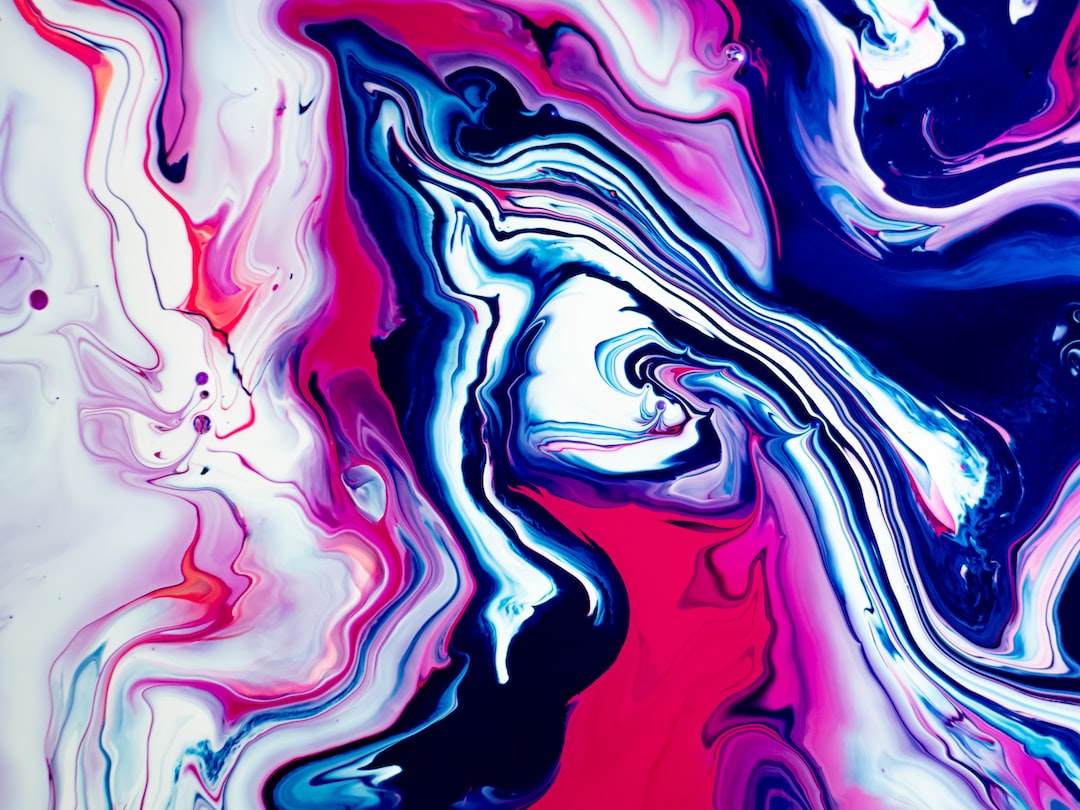Exploring Minimalism: The Beauty of Less is More
In a world fueled by consumerism, where our lives are consumed by a constant desire for more, minimalism offers an alternative way of living. It is the art of stripping away the unnecessary, focusing on the essential, and finding beauty in simplicity. Minimalism is not just about getting rid of physical clutter; it is a mindset that can bring clarity and freedom into all areas of our lives.
When we think of minimalism, we often envision sleek, uncluttered spaces with white walls and a few carefully chosen furniture pieces. However, minimalism extends beyond aesthetics. It is about removing distractions, decluttering our minds, and making room for what truly matters.
At its core, minimalism invites us to question our relationship with material possessions. Do our belongings define us, or are they just weighing us down? By letting go of the excess, we create space for what truly brings us joy and fulfillment. Material possessions lose their hold on us, and we begin to appreciate the intangible values that make life meaningful.
Minimalism teaches us to value experiences over things. We realize that our happiness is not dependent on the latest gadgets or designer clothes but on moments shared with loved ones, the beauty of nature, and the pursuit of our passions. This shift in perspective allows us to focus on creating memories rather than accumulating possessions.
Living with less not only benefits us individually but also the environment. The less we consume, the fewer resources are extracted, less waste is generated, and fewer emissions are released into the atmosphere. Minimalism promotes sustainability and mindful consumption, urging us to consider the impact of our choices on the planet and future generations.
Minimalism also extends to our digital lives. In an era of constant connectivity, our screens have become a source of distraction and clutter. We are bombarded with notifications, emails, and social media feeds, often leaving us feeling overwhelmed and anxious. Adopting a minimalist approach to technology means consciously curating our digital spaces, unsubscribing from unnecessary newsletters, and setting boundaries to protect our mental well-being. By minimizing digital noise, we create space for creativity, focus, and deep connection.
Embracing minimalism requires letting go of attachments, which can be challenging. We often attach sentimental value to objects, fearing that without them, we will lose the memories associated with them. However, minimalism encourages us to disconnect sentimental value from physical possessions. The memories we cherish are within us, not within the objects. By letting go, we liberate ourselves from the past, allowing new experiences and possibilities to unfold.
Minimalism is a continuous journey. It is not about achieving a perfectly organized home or decluttering everything at once but about constantly evaluating and refining what adds value to our lives. It is about making intentional choices and being mindful of the impact each decision has on our well-being and the world around us.
In a world that often equates success and happiness with accumulation, minimalism serves as a reminder that true richness lies in living a life aligned with our values. It is about finding beauty in the simple and appreciating the abundance that comes with having just enough.
In conclusion, exploring minimalism opens the door to a life of clarity, purpose, and freedom. By embracing a minimalist mindset, we can free ourselves from the burden of excessive possessions, focus on what truly matters, and create a more sustainable future for ourselves and the planet. Less is indeed more when we choose to embrace the beauty of minimalism.

